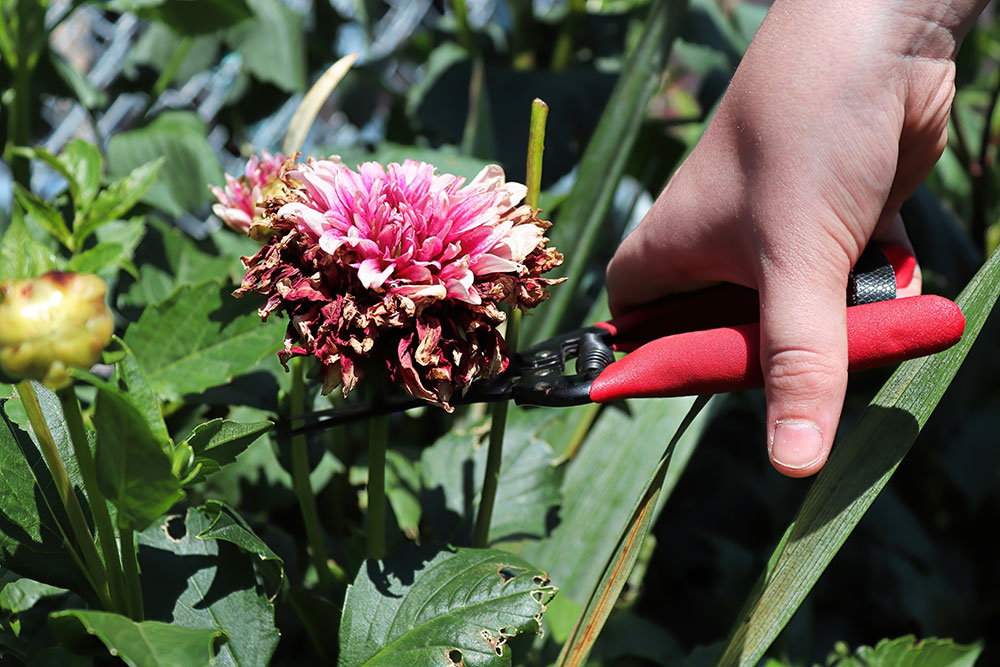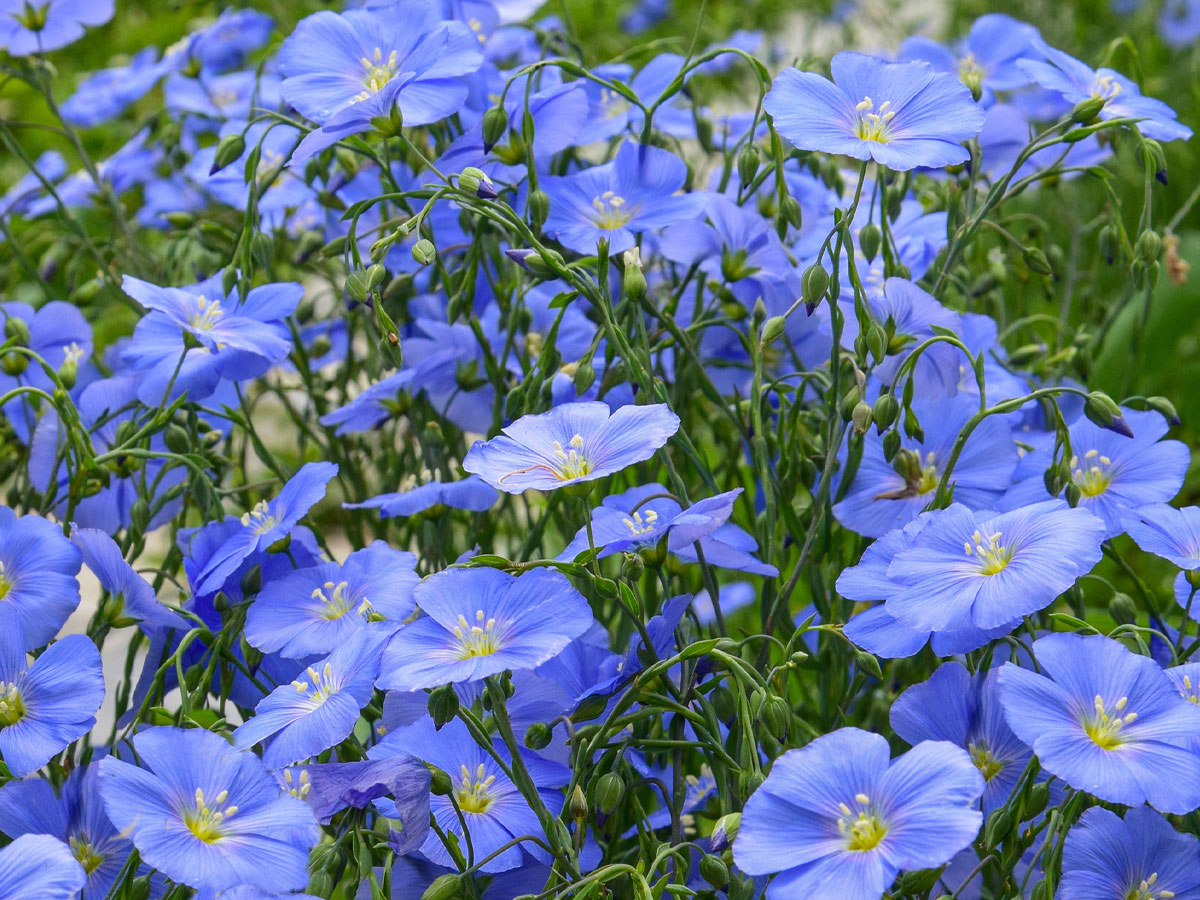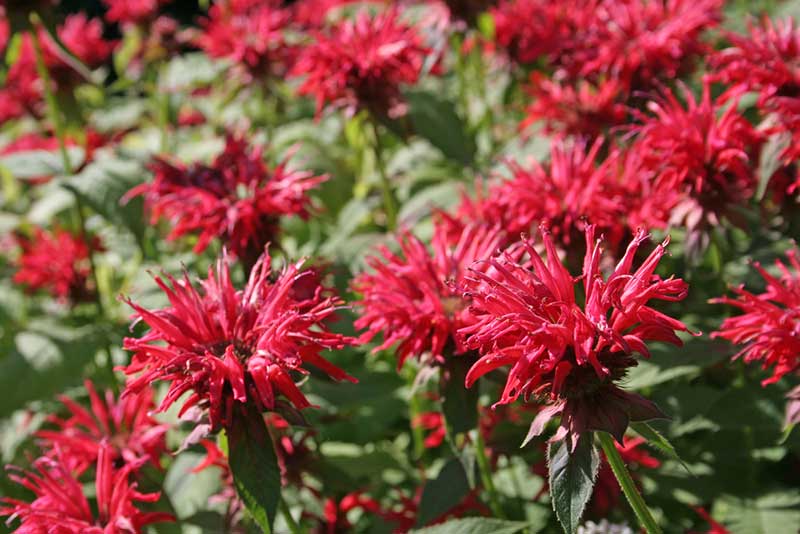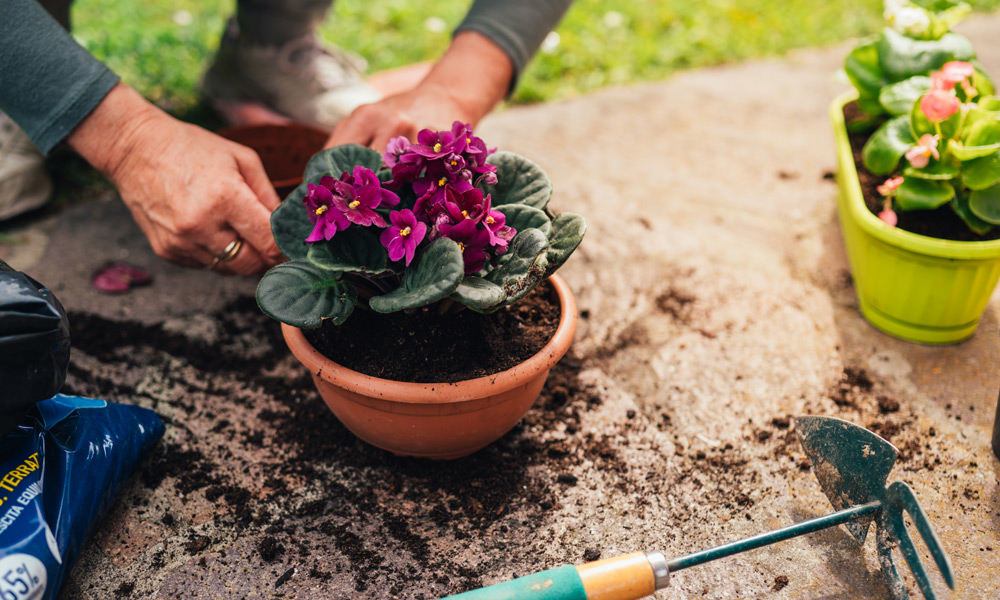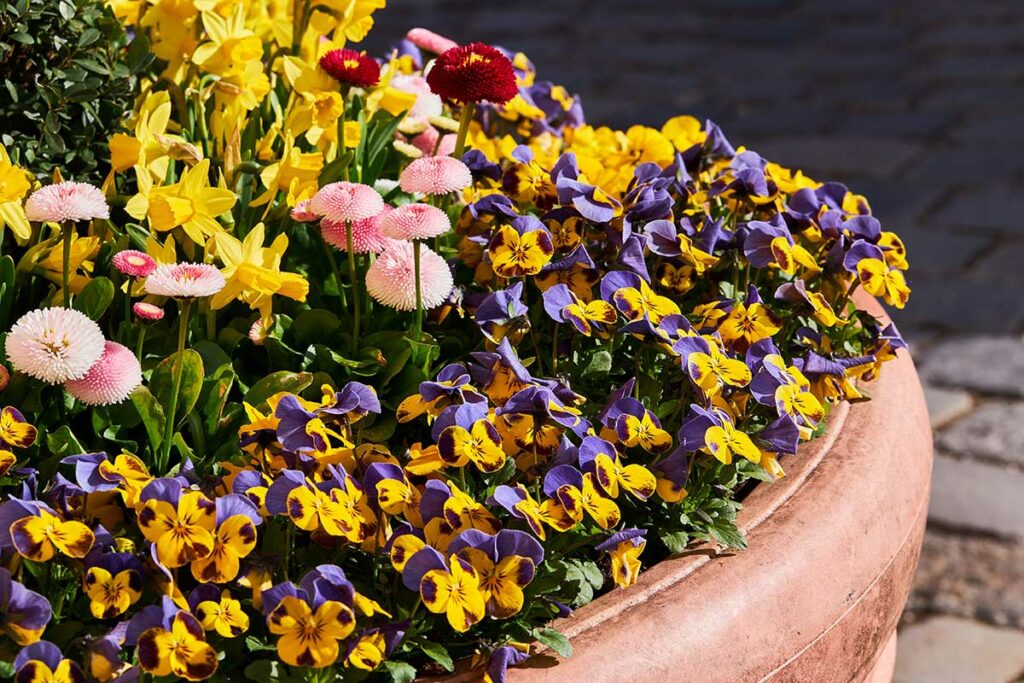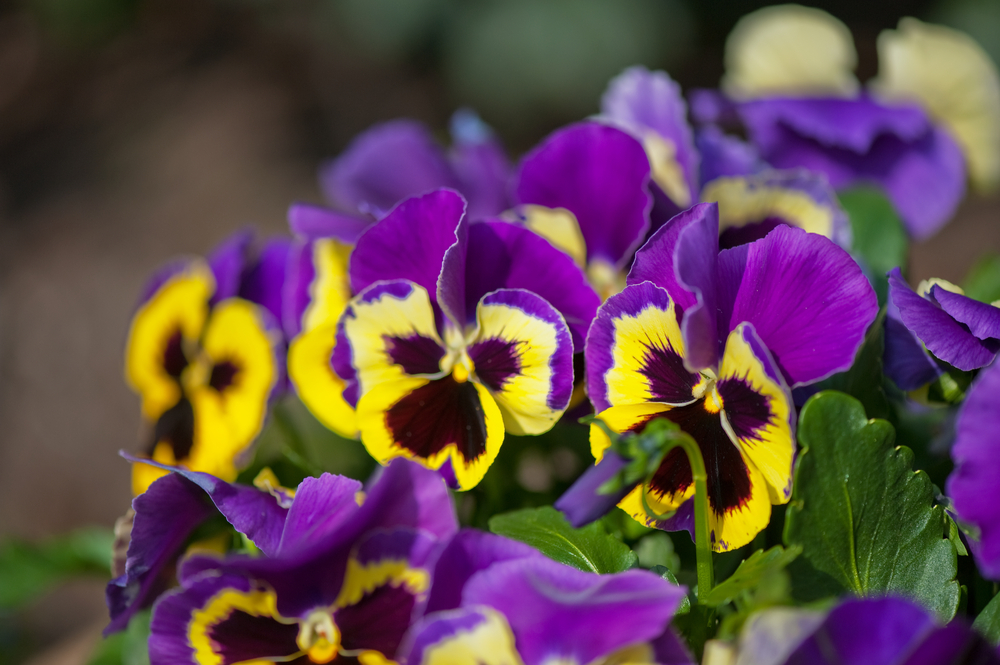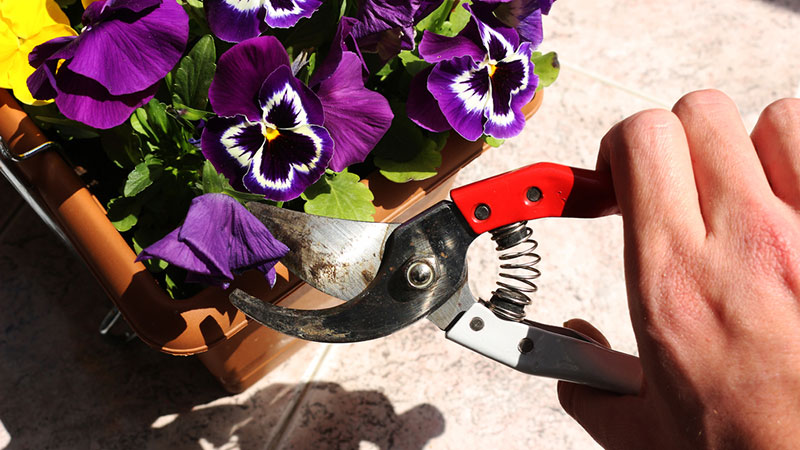
Pansies (Viola x wittrockiana) are cute, colorful little flowers that are also prolific bloomers. Depending on your hardiness zone and what your summer climate is like, these flowers can bloom and grow for several months.
Pansies are typically biennials or short-lived perennials that gardeners often treat like annuals, especially in areas with colder winters.
No matter what life span the flowers have in your region, however, they can provide color for months, especially if you deadhead old, wilting blossoms.
Deadheading is a simple process that takes only a few minutes, and the reward is more color and new flowers.
Why Deadhead Pansies if They’re Not Perennials
Deadheading allows a plant to spend energy creating new flowers instead of developing seed pods after blossoms die. If you leave old flowers on a plant, you’ll still get some new flowers, but not nearly as many as you would with deadheading. Seed production, or reproduction, is the plant’s goal and takes too much of the plant’s energy and resources for the plant to continue blooming as much as it had before. By removing the old flowers, there are no seed pods to create, and all the plant’s energy can go toward creating new flowers that could produce seed pods themselves.
Even if pansies act as annuals in your area, and you plan to remove them before long, deadheading offers two advantages. One is that the pansies will look a lot better. Any flowers on the plant will be in great shape and very colorful. The other is that the plant will produce more blossoms, allowing you to keep some color in that section of the garden (or on your windowsill if the pansies are in a container) for a longer time. You won’t have to find another annual to put in that area for a while.
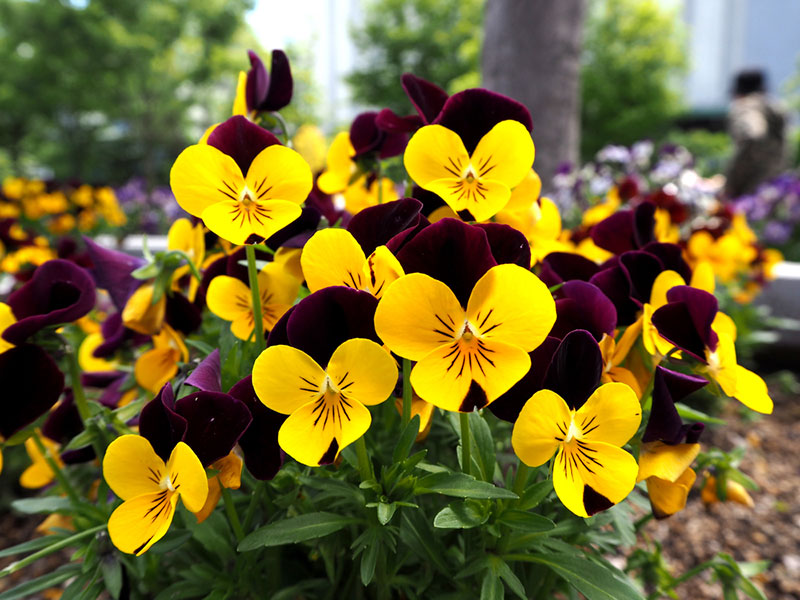
What if You Want Them to Self-Seed?
When pansies come back year after year, you most likely have not grown a perennial pansy. Instead, you’re probably seeing a new plant that grew from a seed from the previous pansy plant. If you leave spent blossoms on the plant and let the seed pods form, you can get some self-seeding once the seed pods dry out and burst open. However, it’s not guaranteed that those seeds will survive. If you want to try letting the pansies self-seed, you certainly can, but it’s still advisable to deadhead most of the wilted blossoms anyway.
Look for Seed Pods
When you’re ready to deadhead, don’t just rip off the old flower. Look behind each wilted bloom for that small seed pod. Depending on how quickly you examine the flower after it starts to wilt, you might not see anything; however, if you delay deadheading, do check. You need to be sure you remove that, too, because taking off just the flower won’t help if the seed pod has already started to form.
Clipping and Pinching Both Work, but Pinching Is More Exact
You can either clip off old blossoms with small clippers or use your fingers to pinch the blossoms off. Using your fingers lets you be more exact because you will know exactly which stem you’re grabbing. With clippers, there’s always the chance that you could accidentally cut an additional stem by mistake if one gets caught in the clipper blades. If you haven’t deadheaded a flower by pinching before, it’s exactly what it sounds like; take your thumb and forefinger and literally pinch the stem at the point you want to separate, with your other hand holding the rest of the stem in place. Quickly rip off that top part of the stem.
Aim for Just Above the First Leaf Under the Blossom
When you pinch or clip, look for the first leaf on the stem under the blossom and seed pod. Do not confuse the sepals with leaves. The sepals are the green, leaflike structures right under the blossom that seem to cradle the petals and interior structures. You want to look lower down on the stem for the uppermost leaf. Pinch or clip the stem right above where that leaf joins the stem.
Deadhead Repeatedly
If you deadhead pansies, check the plant every couple of days. When pansies bloom, they bloom a lot, and as you deadhead you’ll find more and more blossoms appearing daily – which, of course, eventually wilt. Skipping even a few days can result in more wilted flowers and growing seed pods than you’d like.
If you live in an area with hot summers, the blossoms will eventually stop appearing as the temperatures rise. At that point, it’s best to remove the pansies and plant something else. This is another reason why you want to deadhead pansies instead of letting them self-seed; there will be more nutritional resources in the soil for the new plants you add to the area, instead of having these seeds compete for moisture and space.
“Leggy” pansies can be an issue in warmer weather, with more green foliage growing and making the plant look a bit scruffy. Trimming extra greenery can help the plant; look for leaves and stems that are older. Cut those about one-third down, above another leaf on the stem.

